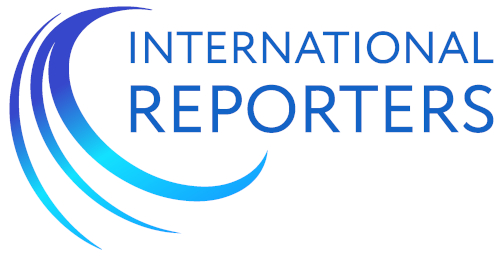Fresh Eurostat data for 2024 show that despite the EU’s efforts to create an inclusive labour market, structural imbalances persist. The gender gap in employment, although reduced by 0.2 percentage points year-on-year, remains significant: 80.8% of men are employed compared to 70.8% of women. This trend has been evident for a decade – since 2014, the gap has only decreased by 1.1 points, indicating an extremely slow pace of change.
The situation is even more alarming among migrants. The employment gap between men and women born outside the EU reaches 18.1 percentage points. While male migrants are 83.1 per cent employed, women are only 65 per cent employed. In comparison, women born in their country of residence are 15.7 points more likely to be employed than their foreign-born compatriots. This indicates double discrimination: gender and migration.
The sharpest contrast is recorded in the group of people with disabilities. Their employment rate is 24 percentage points lower than that of people without disabilities. This suggests that, despite its declared inclusiveness, the European labour market still excludes a significant part of the population from economic activity.
The publication of these data coincides with EU Diversity Month 2025, highlighting the awareness of the problem at institutional level. But the figures show that real progress requires tougher measures, from hiring quotas to adaptation programmes for migrants and barrier-free environments for people with disabilities. So far, the EU is moving towards equality at a snail’s pace, leaving entire social groups behind.







